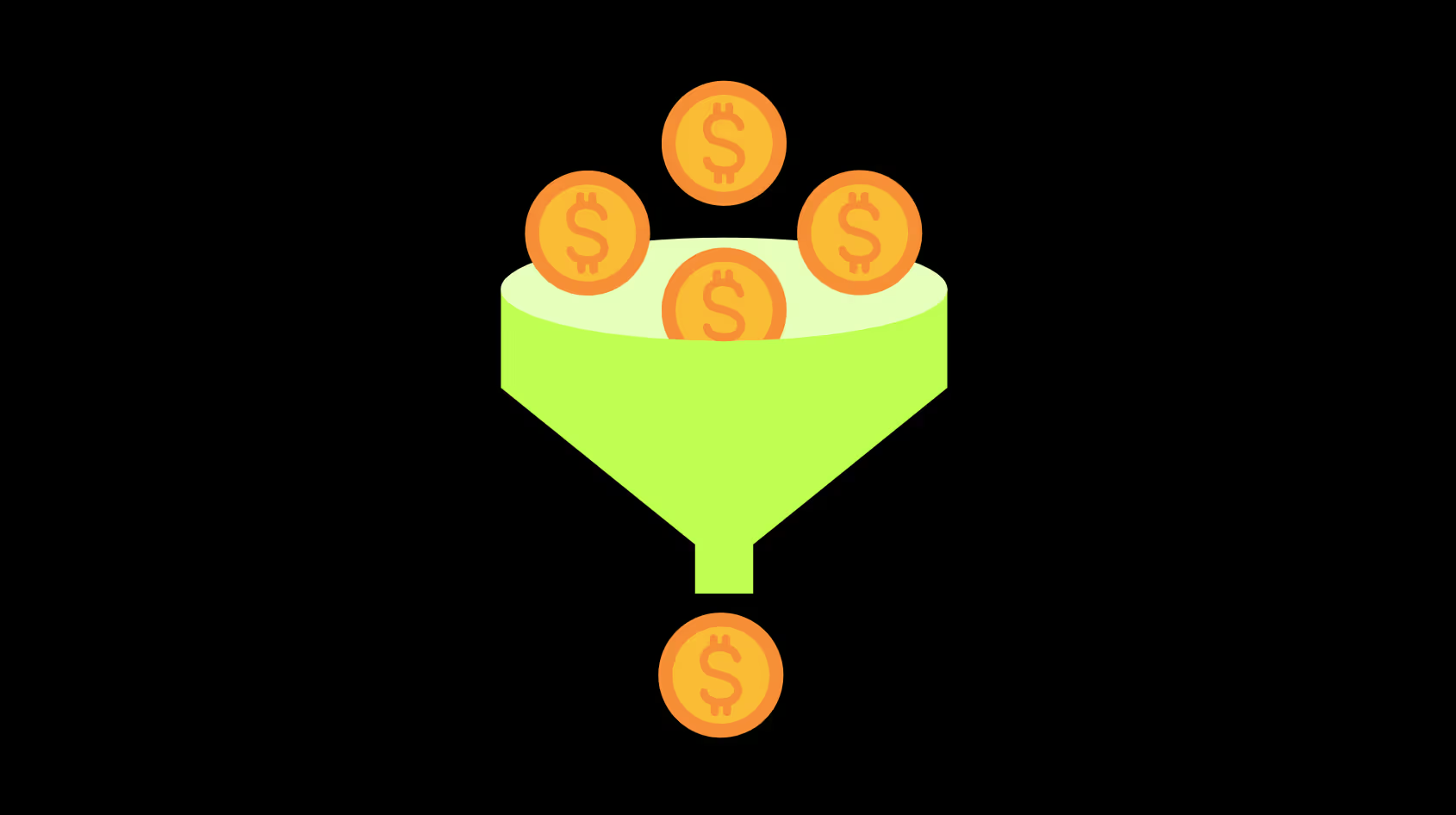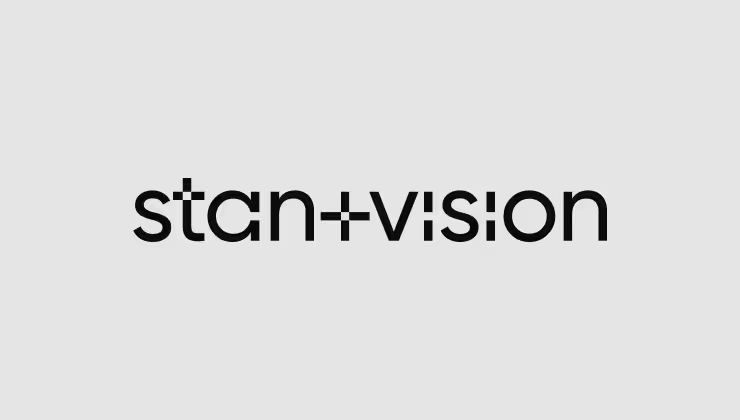Crafting a distinct brand identity
Beyond aesthetics, a strong brand identity communicates the agency’s values, philosophy, and unique offerings. Expressing brand personality through design elements like colours, fonts, and visuals is crucial in setting the brand's voice, mission, and values while allowing for variation in their expression. Additionally, graphic design plays a pivotal role in creating a visual identity.

The importance of a strong brand identity
A brand identity is more than just a logo or a catchy slogan; it's the essence of what a design agency stands for and how it is perceived by its audience. In the fast-paced world of design, where competition is fierce and trends are constantly evolving, a strong brand identity serves as a beacon that guides the agency's actions, communicates its values, and sets it apart from competitors. To create a memorable and distinctive logo that visually represents the agency’s unique identity, a logo maker can play a crucial role in this process.
Articulating unique value proposition and design philosophy
Emerging design agencies must clearly define what sets them apart from the competition and why clients should choose to work with them. This starts with identifying their unique value proposition – the specific benefits and advantages they offer that differentiate them from other agencies. Whether it's their innovative approach to design, their deep understanding of a particular industry, or their commitment to sustainability, articulating this value proposition is essential for attracting clients who resonate with their ethos.

Additionally, every design agency has a distinct design philosophy that informs their creative process and influences the work they produce. Whether they prioritize functionality, aesthetics, storytelling, or user experience, it's crucial for emerging agencies to articulate their design philosophy and communicate how it guides their work. This helps clients understand the agency's approach and ensures alignment between their expectations and the agency's capabilities.
Conveying aesthetic sensibilities through visual identity
Visual identity plays a pivotal role in shaping how a design agency is perceived by its audience. From the logo and colour palette to typography and imagery, every aspect of the visual identity should reflect the agency's personality, values, and design aesthetic. Emerging agencies can leverage visual elements to convey their aesthetic sensibilities – whether it's a clean and minimalist style, a bold and avant-garde approach, or a timeless and classic look.
Defining brand voice and core values
Beyond visual elements, the brand voice and core values of a design agency are equally important in shaping its identity and resonating with its audience. The brand voice encompasses the tone, language, and communication style used across various channels, from website copy to social media posts. Whether it's playful and whimsical or professional and authoritative, the brand voice should reflect the agency's personality and connect with its target audience.
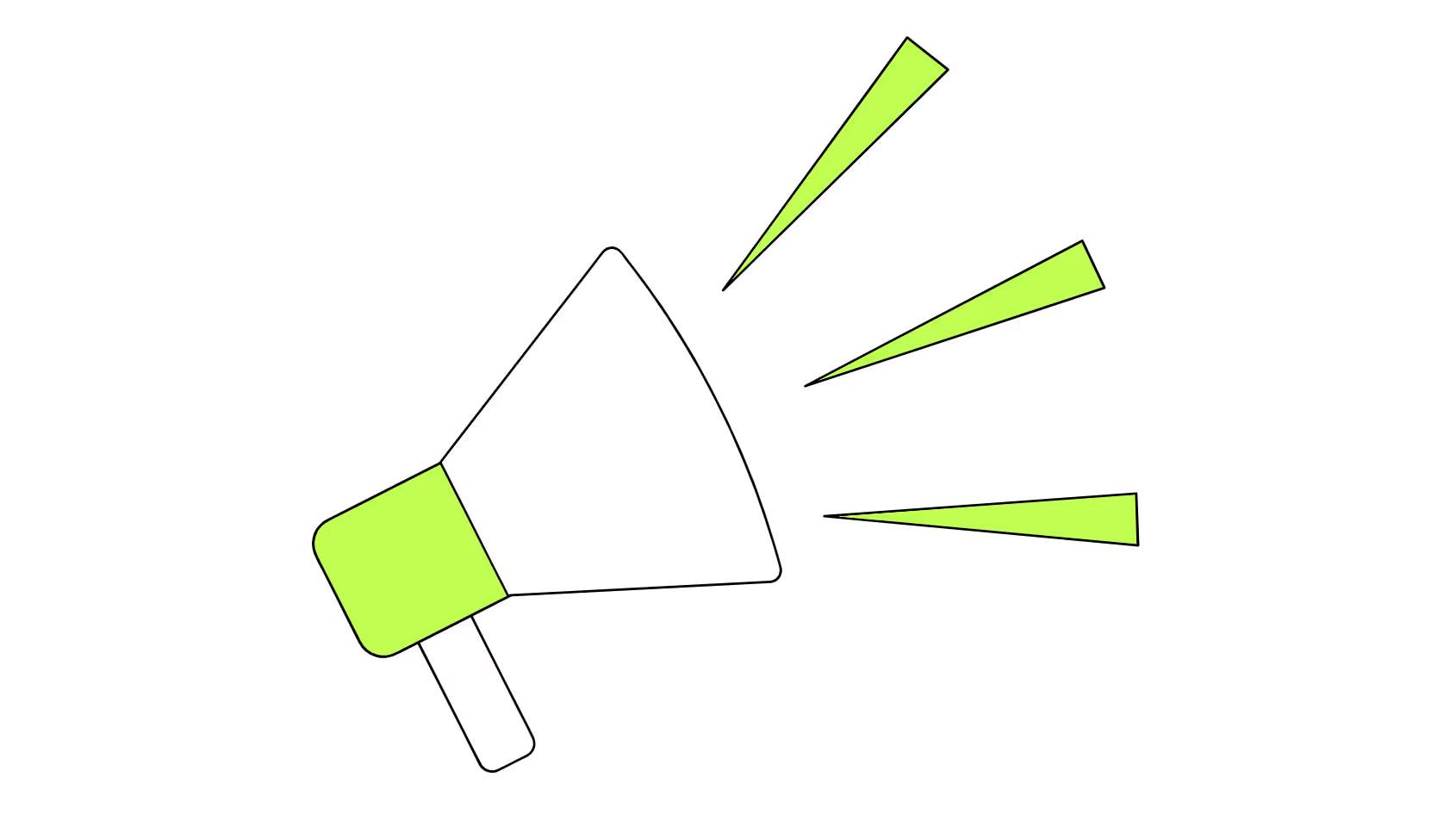
Similarly, core values serve as the guiding principles that inform the agency's decisions, actions, and relationships. Whether it's a commitment to creativity, collaboration, integrity, or excellence, defining these core values helps establish the agency's identity and build trust with clients who share similar values.
Leveraging industry trends in branding design strategy
In a constantly evolving industry, design agencies must stay abreast of emerging trends in branding design and adapt their approach accordingly. Whether it's embracing minimalist aesthetics, experimenting with bold typographic treatments, or incorporating innovative storytelling techniques, staying ahead of the curve can help agencies maintain a modern and innovative image.
By leveraging industry trends in branding design, emerging agencies can demonstrate their creativity, relevance, and ability to adapt to changing tastes and preferences. Whether they choose to follow established trends or break new ground with daring experimentation, embracing trends strategically can help agencies attract attention, stand out in the marketplace, and establish themselves as leaders in their field.
Harnessing the power of digital marketing
Еstablishing a robust online presence is not just advantageous but imperative for design agencies aiming to expand their clientele and demonstrate their creative prowess to a global audience. Leveraging a comprehensive digital marketing strategy is pivotal in this endeavor, as it facilitates reaching potential clients and fostering meaningful engagement with them.
A well-defined content strategy is crucial in guiding the creation and distribution of valuable content that meets the audience's needs and preferences, enhancing the user experience and achieving marketing goals. Developing a social media strategy that outlines specific goals, methods, and metrics for platforms like Instagram and LinkedIn is essential in personalizing posts and measuring success, ensuring a competitive edge in the digital landscape.
The role of search engine optimization (SEO)
At the heart of any successful digital marketing strategy lies search engine optimization (SEO), a fundamental practice that enhances a design agency's visibility in search engine results pages (SERPs). By optimizing website content, meta tags, and backlink profiles, emerging agencies can improve their organic search rankings and attract qualified leads actively seeking design services. Additionally, staying abreast of SEO best practices and algorithm updates ensures agencies maintain their competitive edge in the digital realm.
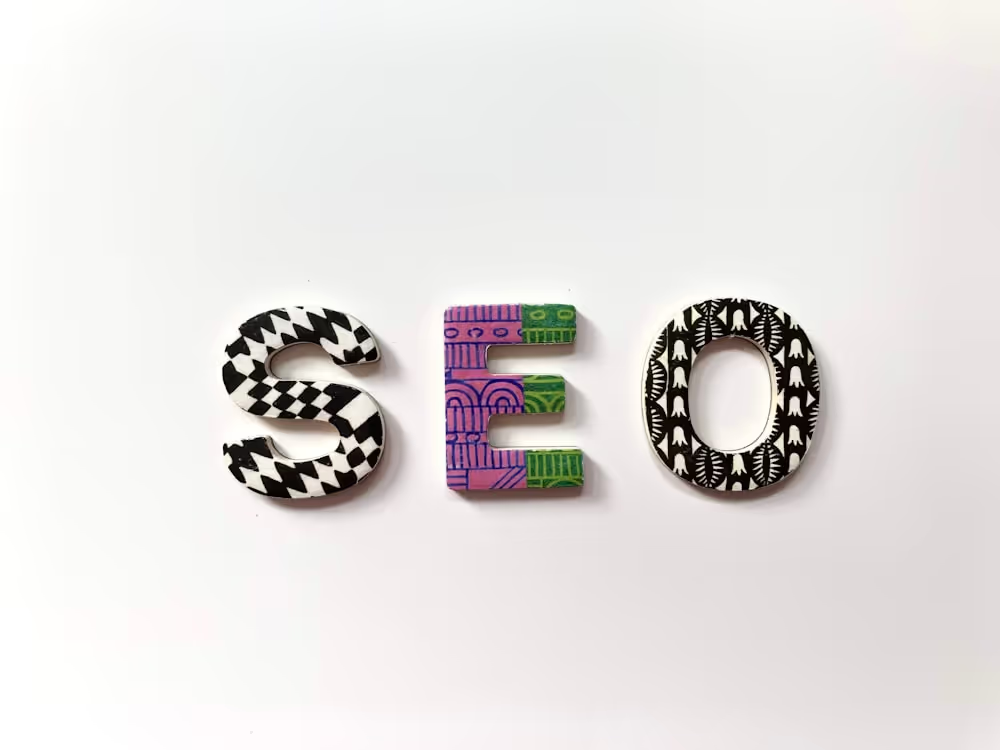
Harnessing the potential of pay-per-click (PPC) advertising
In addition to organic search efforts, pay-per-click (PPC) advertising presents a valuable avenue for design agencies to amplify their online visibility and drive targeted traffic to their website. Through platforms like Google Ads and social media advertising, agencies can craft compelling ad campaigns tailored to their target audience demographics, interests, and online behaviors. By strategically allocating advertising budgets and optimizing ad creatives, emerging agencies can effectively capture the attention of potential clients and generate leads with precision and efficiency.
Exploring content marketing strategies
Beyond traditional advertising, content marketing emerges as a potent tool for design agencies to engage their audience, establish authority, and nurture relationships over time. By creating and distributing valuable, relevant content—such as blog posts, case studies, and design tutorials—agencies can position themselves as industry thought leaders and provide tangible value to their target audience. Through informative and inspiring content, agencies not only showcase their expertise but also build trust and credibility, laying the groundwork for long-term client relationships and business growth.
Embracing social media marketing
Social media platforms have evolved into indispensable channels for design agencies seeking to forge meaningful connections with their audience, showcase their portfolio, and foster community engagement. With billions of users worldwide, platforms like Instagram, LinkedIn, and Pinterest offer unparalleled opportunities for agencies to amplify their brand presence and reach a global audience. By developing a strategic social media marketing plan tailored to their unique target demographic and brand identity, emerging agencies can harness the power of these platforms to showcase their latest projects, share valuable design insights, and interact with followers in real-time.
- Instagram, with its visually-centric nature, is particularly well-suited for design agencies looking to showcase their creative work and engage with their audience on a more personal level. Through carefully curated posts and stories, agencies can offer followers a glimpse into their design process, highlight completed projects, and provide behind-the-scenes insights that humanize their brand and foster authentic connections. From mood boards and design sketches to finished products and client testimonials, Instagram allows agencies to tell their brand story in a visually compelling and engaging manner.
- LinkedIn, on the other hand, offers design agencies a professional platform to network with industry peers, showcase their expertise, and attract potential clients. By sharing thought leadership content, participating in relevant groups and discussions, and publishing articles on design trends and best practices, agencies can position themselves as trusted authorities in their field and expand their professional network. LinkedIn also provides opportunities for agencies to showcase their portfolio, highlight client testimonials, and announce new projects or achievements, further enhancing their credibility and visibility within the industry.
- Pinterest, with its focus on visual discovery and inspiration, presents another valuable platform for design agencies to showcase their work and attract clients. By creating boards that showcase their design aesthetic, portfolio pieces, and curated inspiration, agencies can tap into Pinterest's vast user base of design enthusiasts and potential clients. Additionally, Pinterest's shoppable pins feature allows agencies to drive traffic to their website and convert followers into paying clients by showcasing products or services directly within the platform.
In addition to showcasing their work and engaging with their audience, social media also serves as a dynamic storytelling tool for design agencies. By sharing stories of their creative process, highlighting their team members' expertise and passion, and showcasing the impact of their work on clients' lives or businesses, agencies can create compelling narratives that resonate with their audience on an emotional level. From before-and-after transformations to client success stories, social media allows agencies to humanize their brand, build trust, and attract clients who share their values and vision.
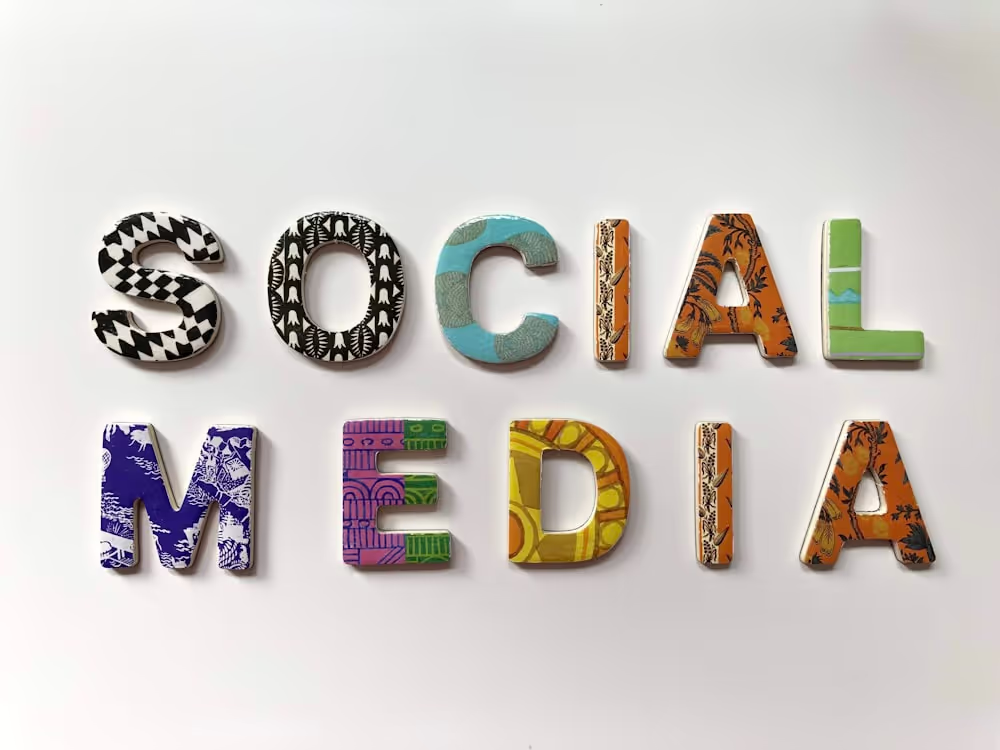
Elevating content marketing efforts
Content marketing plays a pivotal role in establishing credibility, demonstrating expertise, and attracting clients in the design industry. Design agencies can position themselves as trusted authorities in their field by creating high-quality content that educates, inspires, and entertains their audience. Whether through blog posts, case studies, or video tutorials, content marketing allows agencies to showcase their expertise, share insights, and engage with potential clients at every stage of the buyer’s journey. Additionally, crafting content that enhances brand recall, by being memorable and emotionally resonant, can significantly impact how consumers remember and recognize a brand, much like the classic examples of McDonald's and Apple demonstrate the power of sonic branding in increasing brand recall.

Building an irresistible online portfolio
Crafting a compelling online portfolio is not just a recommendation but a necessity for design agencies seeking to carve out their niche in a competitive industry. It serves as a digital storefront, showcasing the agency's skills, expertise, and creative prowess to potential clients browsing the web for design services. By curating a portfolio that not only highlights the agency's best work but also demonstrates its range of capabilities and tells a cohesive story, agencies can captivate visitors and leave a lasting impression that resonates long after they've clicked away.
The portfolio's presentation is vital, reflecting the agency's commitment to excellence and attention to detail. Every aspect, from website design to navigation, should be carefully crafted for a seamless user experience. Agencies should balance aesthetics with functionality, ensuring the portfolio looks appealing and works well across devices.
Visual storytelling is key in engaging the audience. Rather than just images, the portfolio should narrate the agency's approach and highlight its value to clients. Case studies, testimonials, and transformations provide insights into the agency's methodology and its impact.
Agencies can enhance their portfolio with interactive multimedia elements like videos, 3D models, or virtual reality experiences. These dynamic features engage visitors on a deeper level, making the experience more memorable and increasing conversion rates.
Keeping the portfolio fresh and relevant not only demonstrates the agency's ongoing commitment to excellence but also ensures that visitors are presented with the most current and impactful examples of its work. Whether it's adding new projects, updating case studies, or refreshing the design of the portfolio itself, agencies should continuously strive to evolve and improve their online presence to stay ahead of the competition.
Effective lead-generation tactics
Аttracting and converting leads is paramount to success, design agencies must deploy a diverse array of strategies to captivate their audience and drive meaningful engagement. From offering free consultations to hosting educational webinars or workshops, the possibilities are virtually limitless when it comes to generating leads in the design industry.
Understanding the intricacies of their target audience is fundamental for design agencies seeking to craft effective lead-generation strategies. By delving deep into the pain points, needs, and preferences of their potential clients, agencies can tailor their approach to resonate with their audience and drive conversions. Whether it's addressing common challenges faced by businesses in a particular industry or showcasing how their services can fulfill specific needs, aligning lead generation efforts with audience preferences is key to success.
Offering free consultations is a tried-and-true lead-generation tactic that allows design agencies to connect with potential clients on a personal level. By providing value upfront and demonstrating their expertise, agencies can establish trust and credibility with leads, paving the way for future collaboration. Whether it's offering strategic advice, conducting a website audit, or providing design recommendations, free consultations offer a low-risk opportunity for leads to experience the agency's capabilities firsthand.

Hosting educational webinars or workshops is another effective lead-generation tactic that allows design agencies to showcase their expertise and provide value to their audience. By sharing insights, best practices, and actionable tips related to design trends, techniques, or tools, agencies can position themselves as industry thought leaders and attract engaged leads who are eager to learn more. Webinars and workshops also offer opportunities for interactive engagement, allowing agencies to answer questions, address concerns, and establish rapport with attendees.

Creating compelling lead magnets is a strategic approach for design agencies to capture the interest of potential clients and incentivize them to take action. Whether it's offering downloadable resources, such as e-books, whitepapers, or design templates, or providing access to exclusive content or tools, lead magnets serve as valuable assets that entice leads to provide their contact information in exchange. By delivering high-quality content that addresses specific pain points or offers practical solutions, agencies can attract qualified leads and nurture them through the sales funnel.
Networking and collaboration are powerful lead-generation tactics for design agencies looking to expand their reach and forge meaningful connections within the industry. Whether it's attending industry events, joining professional associations, or partnering with complementary businesses, networking provides opportunities for agencies to meet potential clients, collaborators, and mentors who can help propel their business forward. By building relationships, sharing insights, and exchanging referrals, agencies can tap into a vast network of opportunities for growth and collaboration.
.avif)
Harnessing the power of email marketing
Email marketing remains a potent tool for design agencies, offering a multifaceted approach to nurturing leads, maintaining top-of-mind awareness with clients, and promoting services effectively. It serves as a direct line of communication with both existing and potential clients, providing agencies with a platform to deliver targeted messaging and valuable content directly to their inboxes.

Segmentation is a key component of effective email marketing strategies for design agencies. By dividing their email list into distinct segments based on factors such as demographics, purchase history, or engagement levels, agencies can tailor their messaging to resonate with each audience segment. This personalized approach ensures that recipients receive content that is relevant to their interests and needs, increasing the likelihood of engagement and conversion.

Personalization is another essential element of successful email marketing campaigns. Beyond simply addressing recipients by name, design agencies can leverage data and insights to personalize content based on individual preferences and behaviors. This might include recommending relevant services or showcasing recent design projects that align with the recipient's interests. By delivering content that speaks directly to the recipient's needs and aspirations, agencies can establish a deeper connection and drive meaningful engagement.
Delivering value-added resources is crucial for maintaining subscriber engagement and building trust over time. Design agencies can use email marketing to share insightful content, such as design tips, industry trends, or case studies that showcase their expertise and demonstrate the value they bring to clients. Additionally, offering exclusive discounts or access to special events can incentivize recipients to remain subscribed and continue engaging with agency communications.
- Newsletters are a popular and effective format for email marketing campaigns, providing agencies with a regular opportunity to connect with their audience and share updates, announcements, and valuable content. Whether it's showcasing recent design projects, highlighting industry news and trends, or providing behind-the-scenes glimpses into the agency's creative process, newsletters allow agencies to keep subscribers informed and engaged while reinforcing their brand identity.
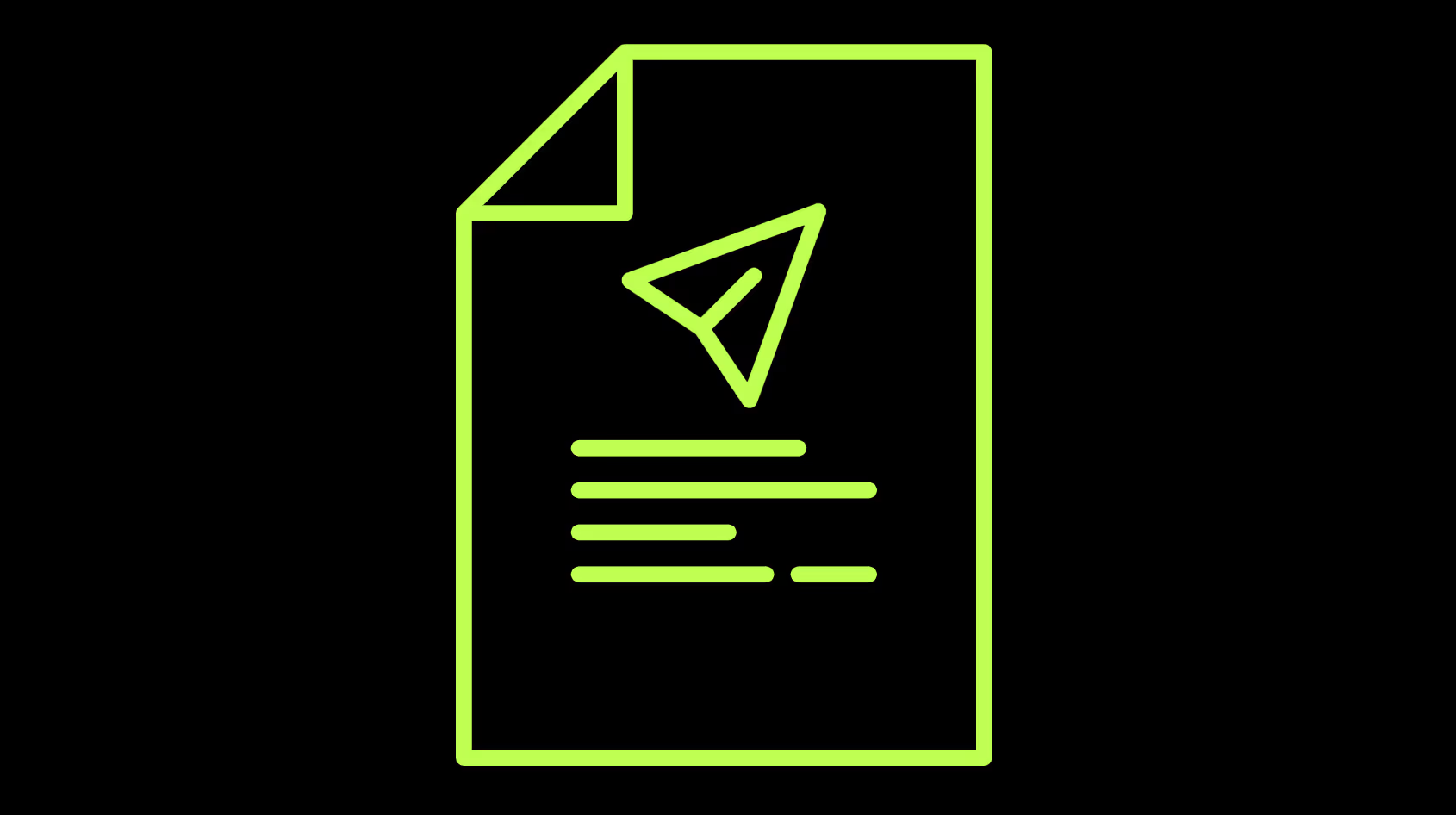
- Product updates are another valuable use case for email marketing, allowing agencies to inform clients about new services, features, or offerings. Whether it's launching a new design package, introducing a new service line, or announcing updates to existing offerings, email marketing provides a direct channel for agencies to communicate with clients and generate interest in their latest offerings.
- Exclusive offers and promotions can help drive engagement and incentivize action among email subscribers. By offering special discounts, limited-time promotions, or exclusive access to events or resources, agencies can create a sense of urgency and encourage recipients to take action. This can help drive conversions and generate immediate results from email marketing campaigns.
Enhancing content design for better marketing
Design agencies prioritized the creation of visually compelling content that captivates audiences and drives engagement. A brand activation agency specializes in creating memorable experiences to capture audiences' attention, further enhancing the impact of visually compelling content. Similarly, an experiential marketing agency plays a crucial role in leveraging sensory marketing techniques to foster emotional connections, making the content not just seen but felt by the audience. From eye-catching infographics to immersive video content, agencies leveraged a mix of formats and mediums to deliver their message effectively and leave a lasting impression on viewers. By investing in high-quality design assets and staying abreast of emerging trends, agencies positioned themselves as leaders in content creation and design innovation.
Embracing full-funnel marketing strategies
Design agencies adopted a full-funnel marketing approach to attract, engage, and convert prospects at every stage of the buyer’s journey. From raising awareness with captivating social media content to nurturing leads with targeted email campaigns, agencies mapped out their marketing efforts to align with each stage of the funnel. It's crucial to customize content for each social media platform to effectively engage with prospects, considering the unique audience and format of each platform. Additionally, incorporating hand-drawn illustrations in marketing materials can significantly enhance the emotional connection with audiences, nurturing leads more effectively by reverting to simplicity and stability in uncertain times. By delivering personalized experiences and guiding prospects through the conversion process, agencies maximized their marketing ROI and drove sustainable business growth.
